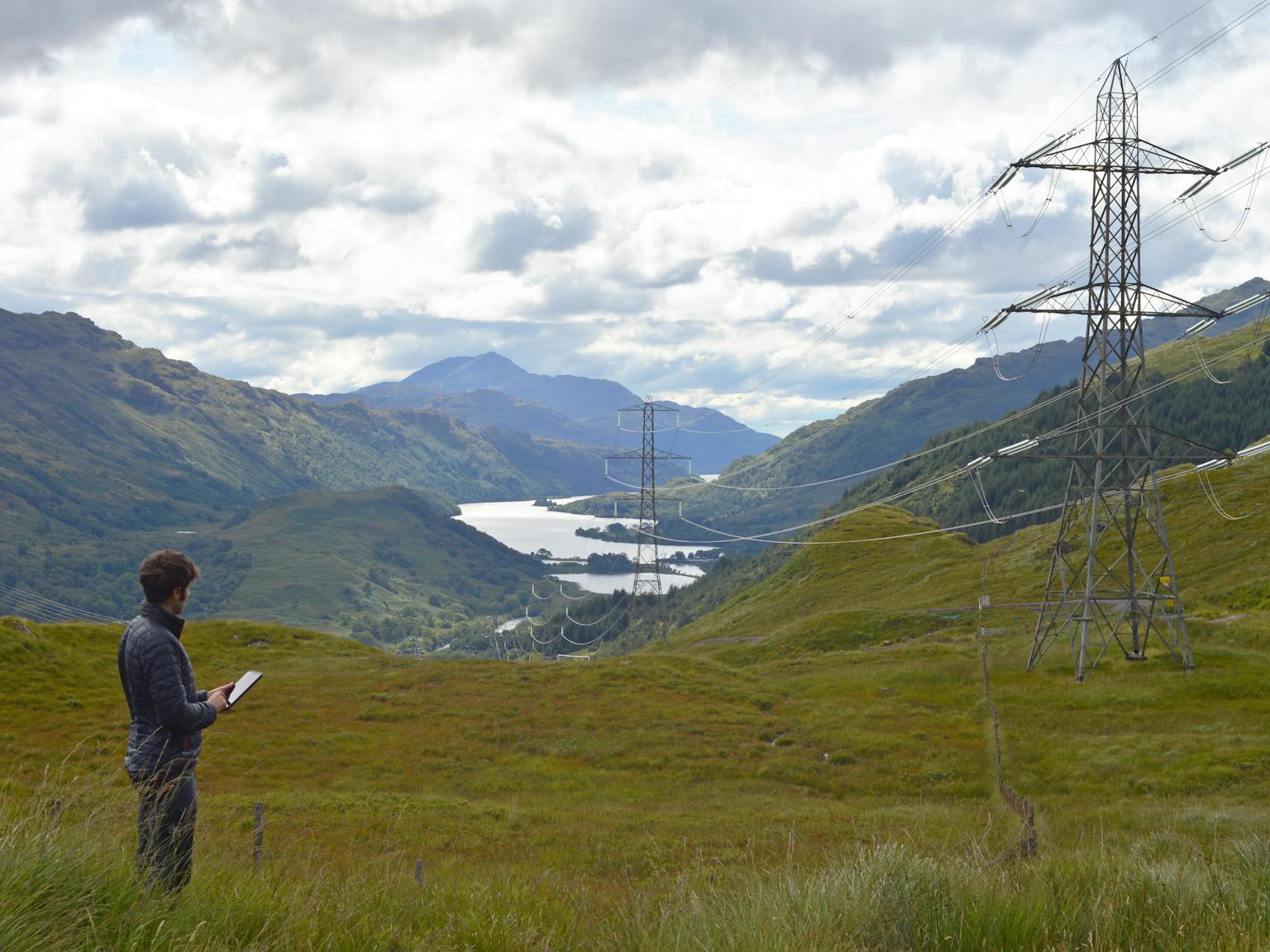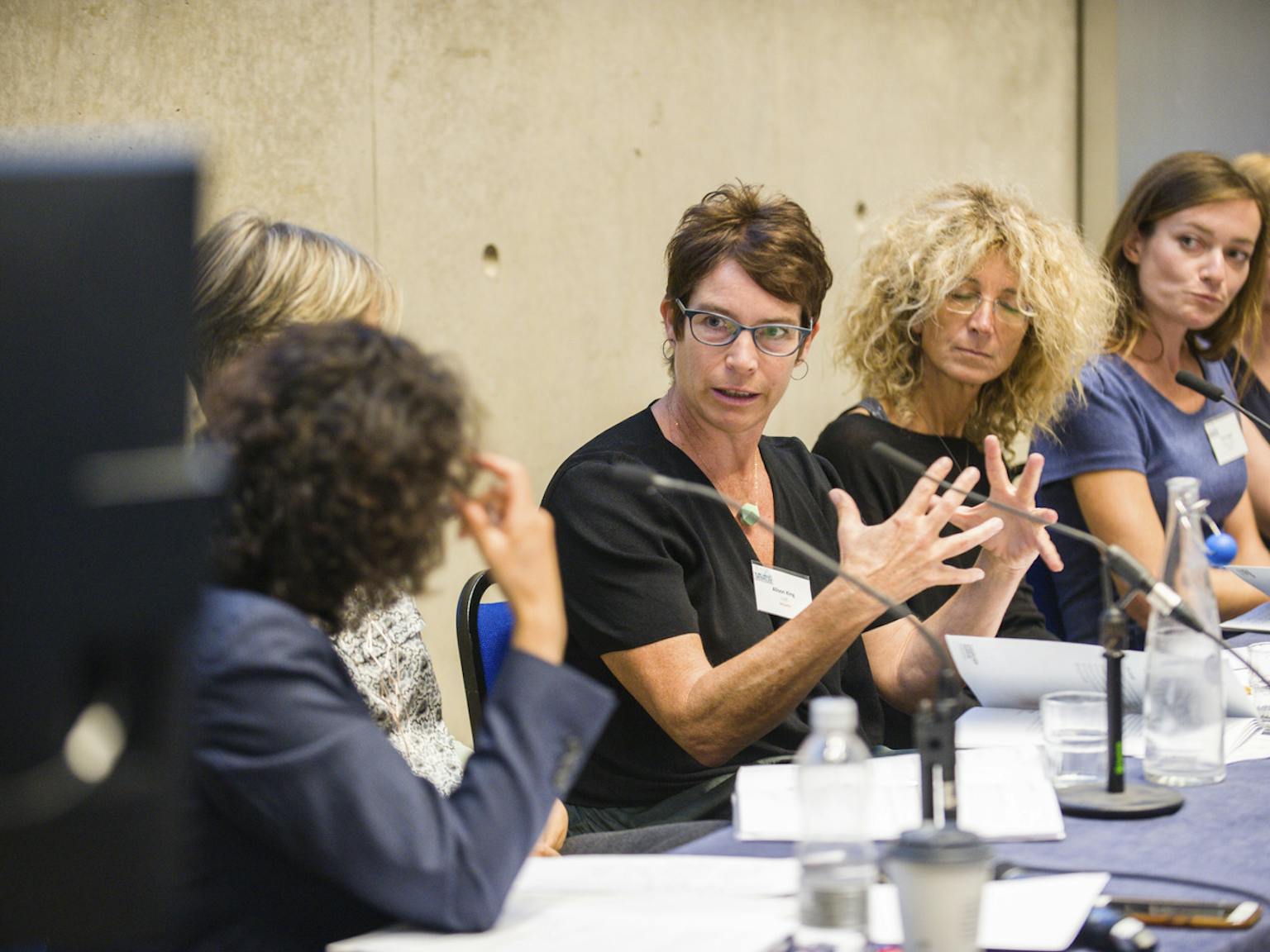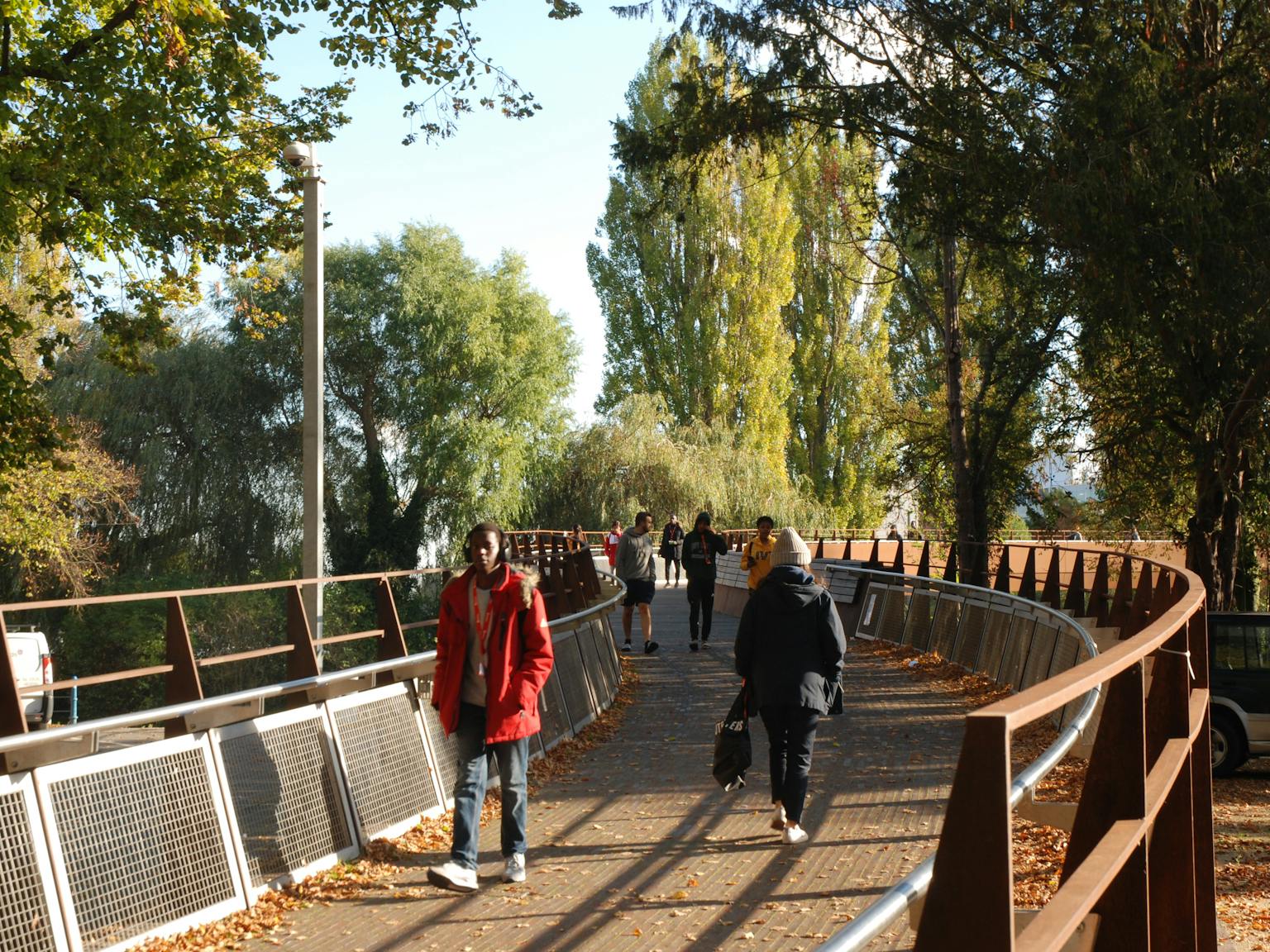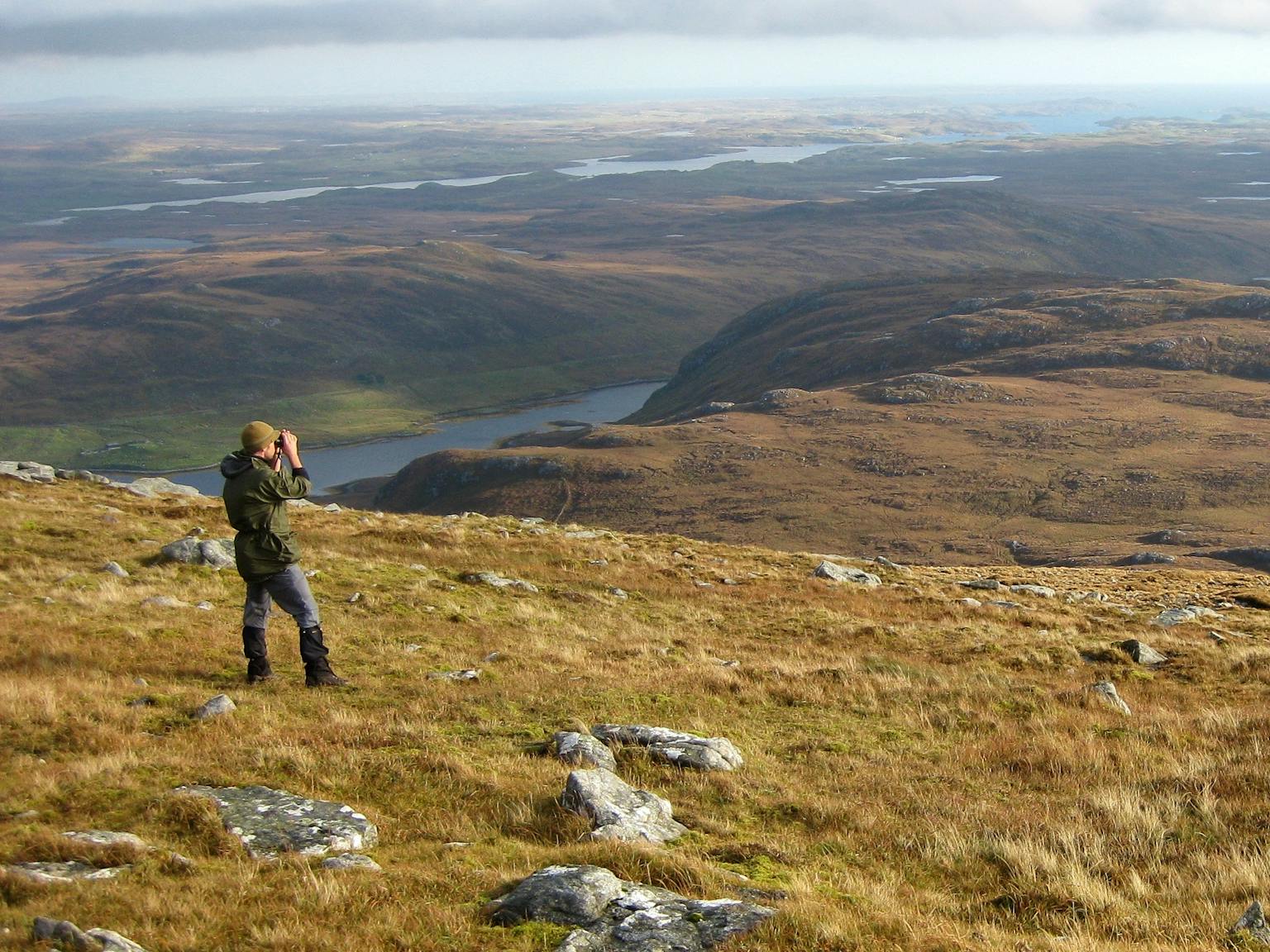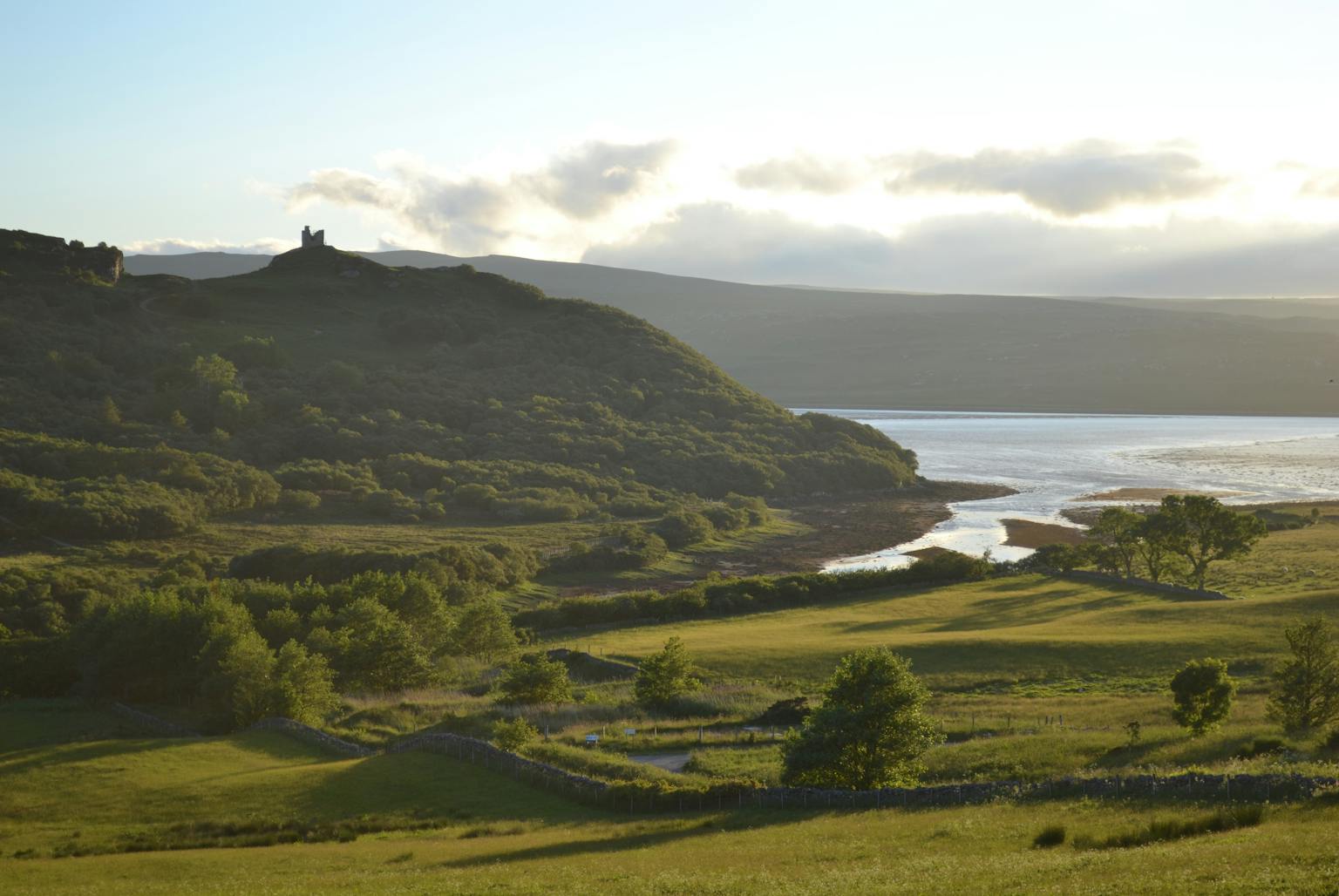
Net Zero: Do we have the grid infrastructure to support it?
The declaration of the climate emergency has committed the UK to drive efforts towards Net Zero. The UK Government has set an ambitious target to be Net Zero by 2050 and in Scotland the target is to be Net Zero by 2045.
In Scotland, we see the onshore renewables energy industry going from strength to strength, following a renewed impetus on renewable energy investment and deployment since 2017. The conditions are encouraging, particularly for onshore wind: falling technology costs coupled with stronger policy support, such as the Scottish Energy Strategy (setting out that by 2030, 50% of Scotland’s energy needs should come from renewables) and the Onshore Wind Policy Statement (OWPS) which acknowledges that onshore wind energy should remain at the heart of Scotland’s future energy plan. Add to this the fact that from 2021, wind and solar energy developments will again be eligible to compete for financial support through the Contracts for Difference (CfD), and claims by the Scottish Government Advisory Group on Economic Recovery[1] that renewables will be key to Scotland’s green economic recovery post Covid-19.
Our teams providing specialist environmental planning advice to renewable energy clients in Scotland are seeing a notable increase in the provision of site finding activity, feasibility studies and subsequent design, EIA and planning support for new and re-powered (including tip height increases) sites.
As the need for the rapid development and deployment of renewable energy technologies across the UK ramps up, so too must the associated upgrades to the UKs grid infrastructure to facilitate transmission and distribution of low carbon renewable energy across the UK. Indeed, the OWPS recognises this, and states, “deploying more onshore wind will require accompanying investment in the transmission and distribution networks. Network capacity and control will need to keep pace with development, enabling new projects to connect in a timely and cost-effective manner and to export power to where it is needed“.
Research[2] estimates the cost of transforming the UK’s transport and heating systems to achieve Net Zero, as well as upgrading the electricity grid to cope with demand and allow for more renewables connections, at £286 billion by 2050, £48 billion of which to reinforce the UK’s electricity network. Crucially, however, much of the work and the investment will need to be in place by 2035 – particularly relevant in light of the UK Government’s proposed investment in infrastructure projects to kick-start the economy after Covid-19 whilst also facilitating the ‘green recovery’ by cutting COemissions.
ScottishPower’s latest Business Plan for the period 2021-2026[3] recognises the need for increased investment and delivery of major grid infrastructure upgrades, aiming to facilitate the connection of a further 900MW of renewable energy, providing capacity to power 1.5 million homes. This investment is underway and is gathering pace, as much of the existing network is approaching the end of its 80-year maximum lifespan.
We are currently facilitating SP Energy Networks (SPEN)’s strategic grid enhancement requirements across several large-scale strategic reinforcement projects. This includes environmental planning support on the now operational South-West Scotland Renewable Connections Project, the current Kendoon to Tongland Reinforcement Project and the Erskine to Devol Moor Replacement, which was submitted to the Scottish Ministers for consent this month.
[1] Scottish Government, 2020, Towards a Robust, Resilient Wellbeing Economy for Scotland: Report of the Advisory Group on Economic Recovery
[2] ScottishPower, 2019, Zero Carbon Communities
[3] ScottishPower, 2019, RIIO-T2 Business Plan


